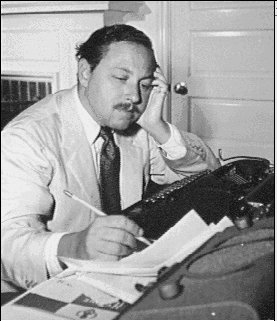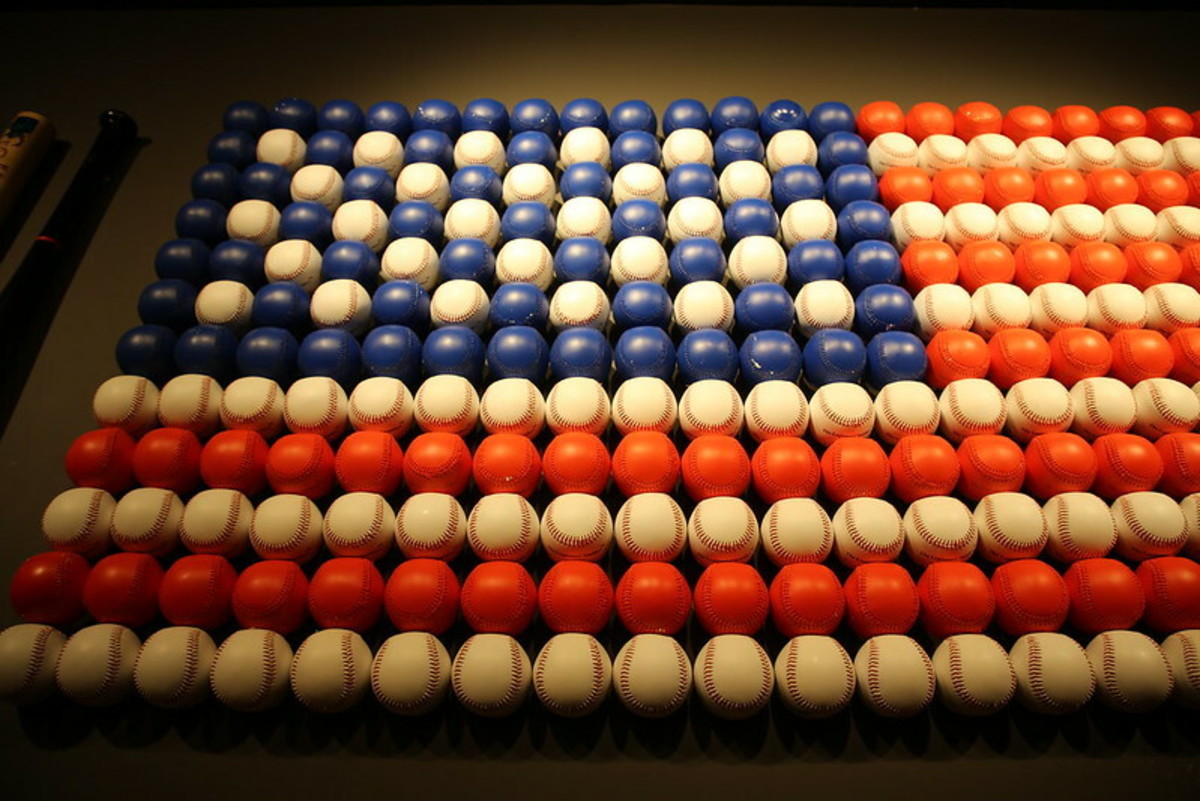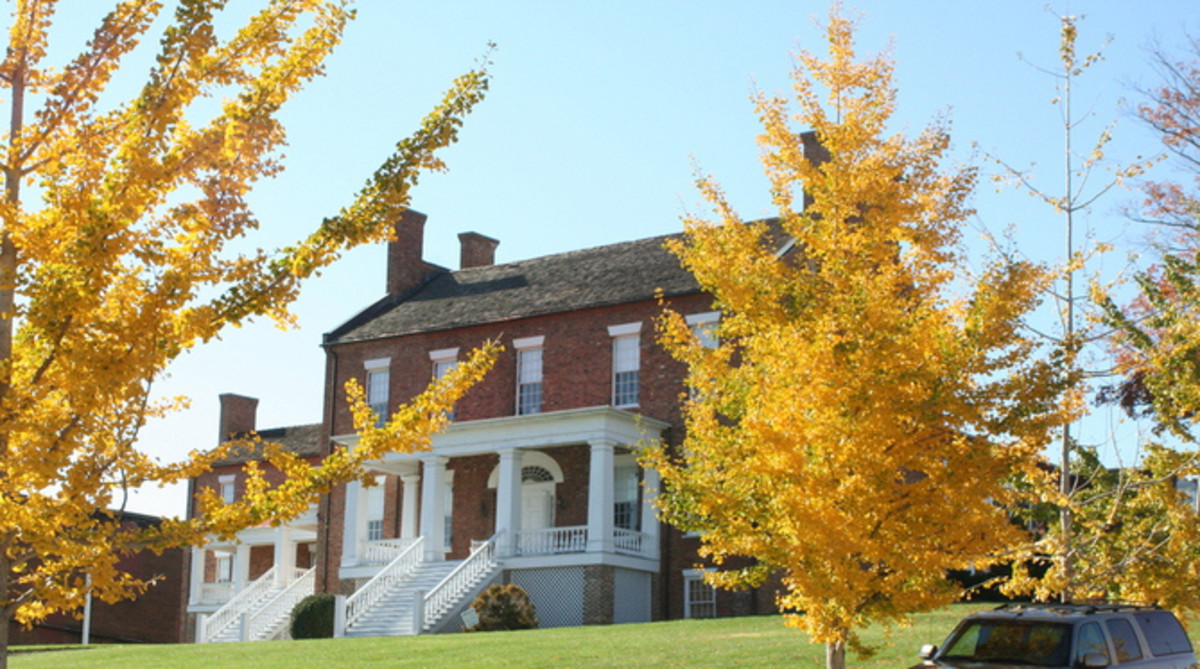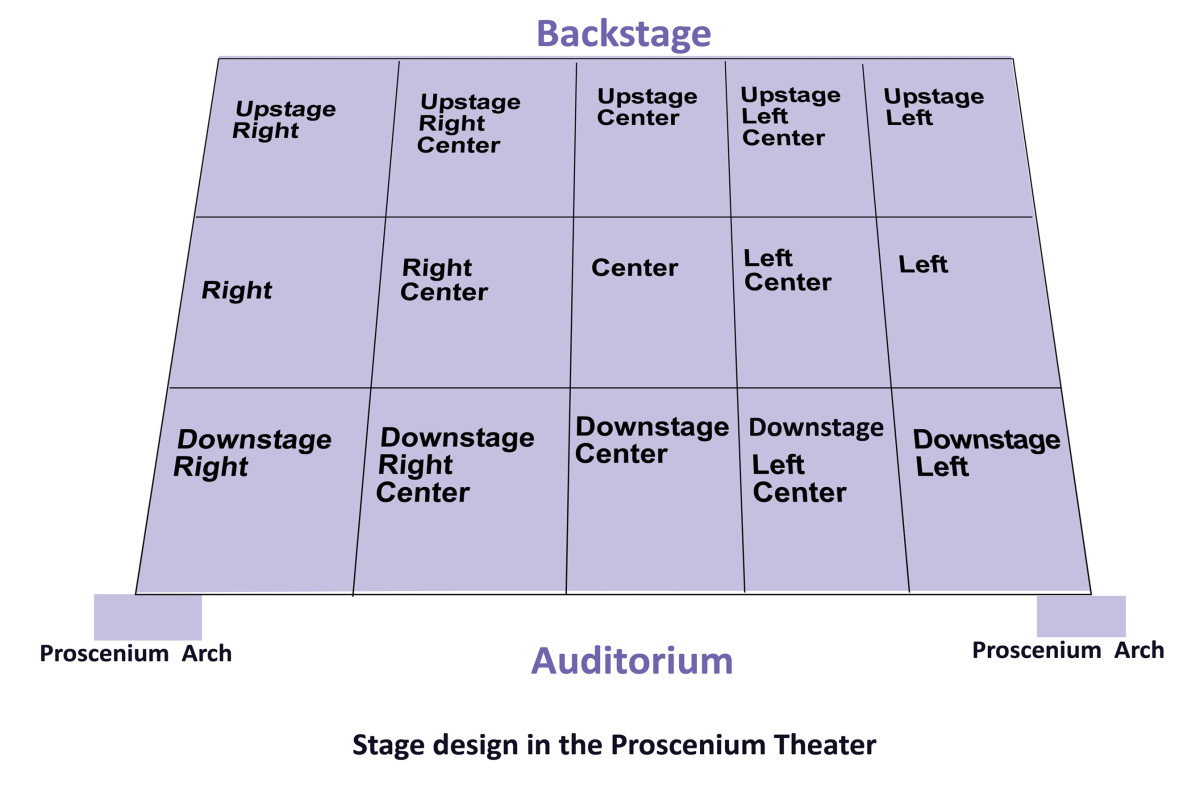The Complex Life Of Tennessee Williams

Had you heard of Tennessee Williams prior to reading this hub?
An American Playwright
I consider myself to be a playwright. When people ask me what I write about or about my writing style, I always say that I model my work after Tennessee Williams. Some people respond with a smile, saying that they are fans of his too. Some people nod and say that while they see his worth, he's far too dark for them and that such a nice girl shouldn't write about such things. Some people say that they've never heard of him and ask me to elaborate. I am always shocked by these people. How can you not know the man who wrote "A Street Car Named Desire"? Weren't you forced in high school to read "The Glass Menagerie"? These people have inspired me to dig up a paper I had written in college on his life.
On March 26, 1911, in Columbus, Mississippi, Thomas Lanier Williams was born. He was the first son and the second child of the three children, older sister Rose and younger brother Dakin, born to Cornelius Coffin Williams, a traveling shoes salesman, and Edwina Dakin Williams, the daughter of an Episcopalian clergyman . His parents’ marriage was rather rocky and “often engaged in violent arguments that frightened his sister Rose.” Thomas’s relationship with his father was not a positive one. In the words of Dakin, “father was very bombastic, he cursed a lot and there was a great deal of coldness between him and his son (Thomas), who loved books but was not interested in sports.” Williams would later model the character of Amanda Wingfield in The Glass Menagerie after his mother and the character of Big Daddy in Cat On A Hot Tin Roof after his father.
In 1918, the Williams family moved to St. Louis. It is here that Thomas first learned the difference between being rich and poor, the second being his family’s financial situation. His accent and class made him an easy target for harassment from his elementary school peers and later from his college classmates. One source states that it was his college classmates that gave him the nickname “Tennessee”. However, other sources say it was his father.
In 1927, Tennessee entered an essay contest and won third prize. This would be his first time seeing his work in print, but certainly not the last. A year later he published his first short story, “The Vengeance of Nitocris”. He entered the University of Missouri the year later, but his time there was brief. One source says that it was lack of funds that forced him to drop out while another says his father learned that William’s male high school sweetheart was also enrolled and threatened to withdraw him. In the second scenario, Tennessee ended the relationship, became depressed, and dropped out of school. Either way, in 1931, he went to work as a clerk in the same shoe company that his fathered was employed at. At the factory, he met a young man named Stanley Kowalski who would later be the inspiration for the main character in his play, A Streetcar Named Desire.
After awhile of working at the factory, he became ill and was sent to live with his grandparents in Memphis. While in Memphis, his first play Cairo, Shanghai, Bombay was produced. Some time after this, he entered Washington University in St. Louis, but soon left there to enter the University of Iowa where he finally received a B.A. in English. All during his time in college, he continued to write plays. While at Washington University, two of his plays, Candles to the Sun and The Fugitive Kind were produced. At the University of Iowa, his play Spring Storm was produced despite the harsh reaction of some of the professors. At this successful point in his life, a tragedy occurred. After his graduation, his family allowed a pre-frontal lobotomy to be performed on his beloved older sister and muse, Rose, and because of this, she spent most of her life in a sanitarium.
At the start of WWII, he submitted his play American Blues into the Group Theatre play writing contest in New Orleans and won. He received $100 and his first agent, Audrey Wood. In 1939, he received a $1,000 grant from the Author’s League of America again for his play American Blues. A year later his play Battle of Angels was produced in Boston. When it closed after just two weeks, he revised it, wrote a movie version of it which sparked his screen writing career. Of this failure he later said, "I'm glad now that the play was not a success. If it had been, it would have gone to my head and I would have thought I knew all there was to know about playwriting."
In 1944, The Glass Menagerie had a successful run in Chicago and then opened on Broadway. This “memory play” contained several aspects of his family life. As stated before, Amanda was modeled after his mother, but the other main characters were also people from his real life. The shy, handicapped Laura is William’s sister, Rose, and her loving, protective older brother is Williams himself. As one source says, "Everything in his life is in his plays, and everything in his plays is in his life." Many consider this play to be his finest and it received the New York Drama Critics’ Circle Award when it opened on Broadway.
Two years later, his second masterpiece A Streetcar Named Desire opened . It earned him his first Pulitzer Prize and established him as a major American dramatist. He received his second Pulitzer Prize for his next play Cat on a Hot Tin Roof. Some consider this play to be his last great success. After the success of Cat on a Hot Tin Roof, he wrote his first screenplay, Baby Doll which caused much controversy. “Cardinal Spellman denounced Baby Doll, and also the Legion of Decency railed against it, in large part for its portrayal of an unconsummated marriage. Time magazine wrote that it was ‘just possibly the dirtiest American made motion picture that has ever been legally exhibited‘”.
In 1947, Williams fell in love with Frank Merlo who was a calming influence in his life. However, when Merlo died of Lung Cancer in 1961, Williams went into a ten year depression in which he battled addictions to prescription drugs and alcohol. This was not a new problem. “Williams struggled with depression throughout most of his life and lived with the constant fear that he would go insane as did his sister Rose.” But even through this rough time, he kept on writing. He completed several stories and one play before his brother, Dakin, had him hospitalized for depression and drug abuse in 1969. He was released in 1970 and regained some measure of control in his life.
During the 1970s, he wrote several more plays, a memoir, some poems, short stories, and a novel. However, they were not nearly as well received as his earlier work and he knew this. "I am widely regarded as the ghost of a writer, a ghost still visible, excessively solid of flesh and perhaps too ambulatory, but a writer remembered mostly for works which were staged between 1944 and 1961." In the 1980s, Williams gained a large fan base in the Soviet Union because of Cat on a Hot Tin Roof and several of his other plays. He was called “the biggest success since Chekov.”
On February 25, 1983, Tennessee Williams choked on a bottle cap after a heavy night of drinking in his New York City home in the Hotel Elysee. The room was filled with half-empty bottles of wine and pills. He is buried in St. Louis, Missouri. He left behind twenty five full-length plays, dozens of shorts plays and screen plays, two novels, a novella, sixty short stories, over a hundred poems, and his autobiography. “It was in this desperation, which Williams had so closely known and so honestly written about, that we can find a great man and an important body of work. His genius was in his honesty and in the perseverance to tell his stories.” Obviously, he has made a lasting impression on both the literary and theatre worlds and will never be forgotten.
Clicking on the following links will send you to the information I consulted. The quotes come from all three sites. Thank you for reading!
http://www.imagi-nation.com/moonstruck/clsc9.htm
http://www.kirjasto.sci.fi/williams.htm
http://www.pbs.org/wnet/americanmasters/database/williams_t.html
This content reflects the personal opinions of the author. It is accurate and true to the best of the author’s knowledge and should not be substituted for impartial fact or advice in legal, political, or personal matters.
© 2009 Lincy A. Walsh








